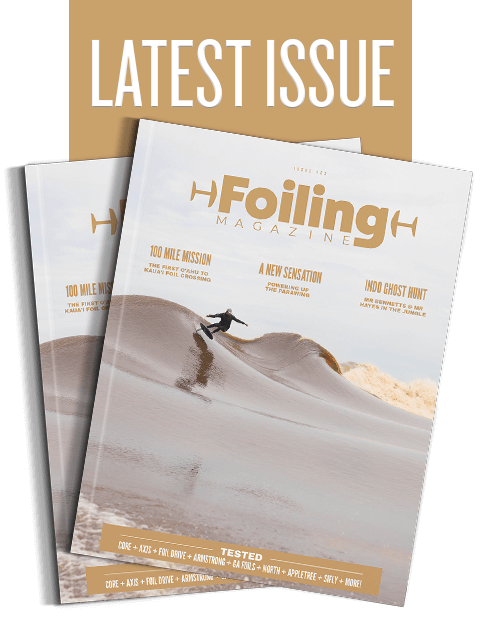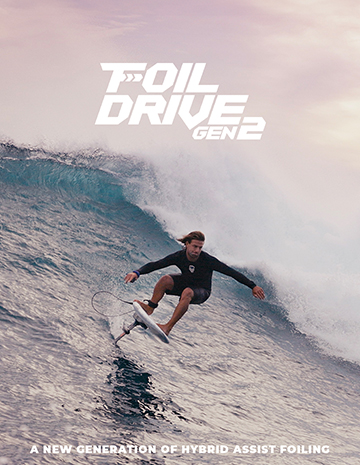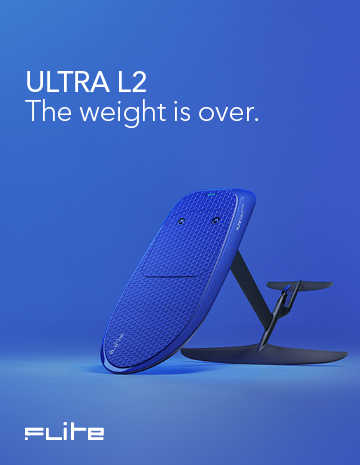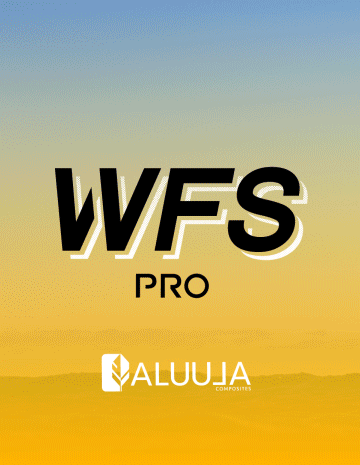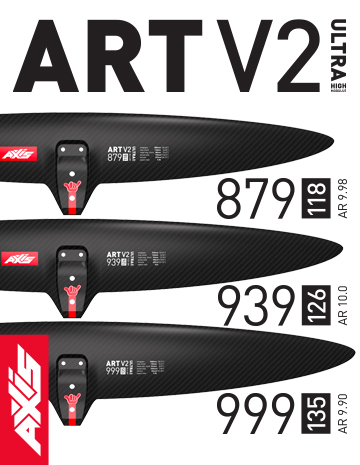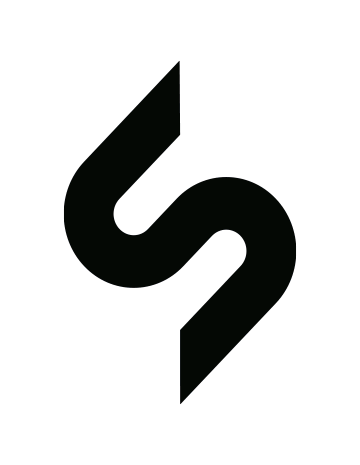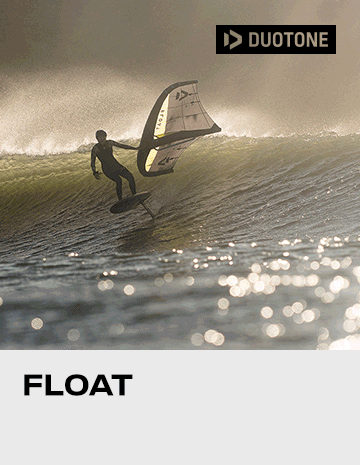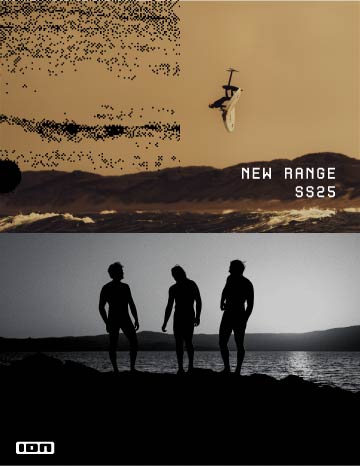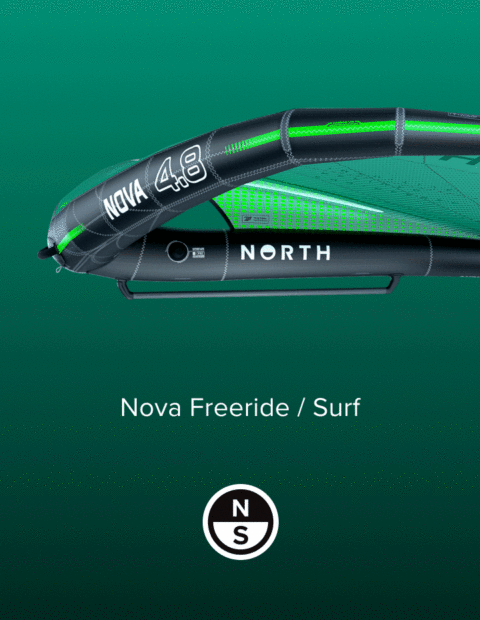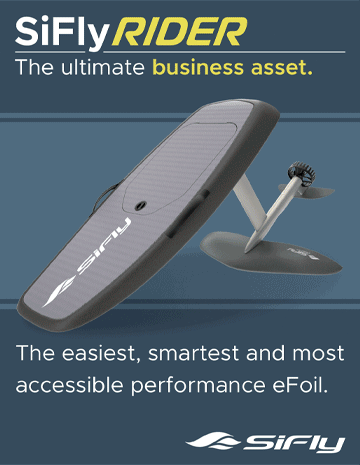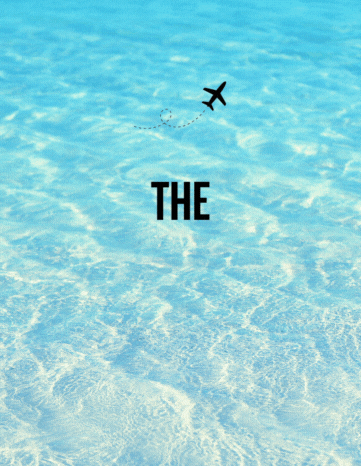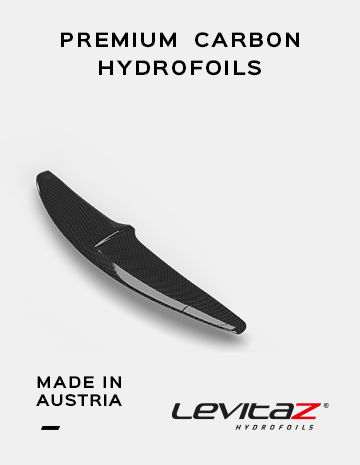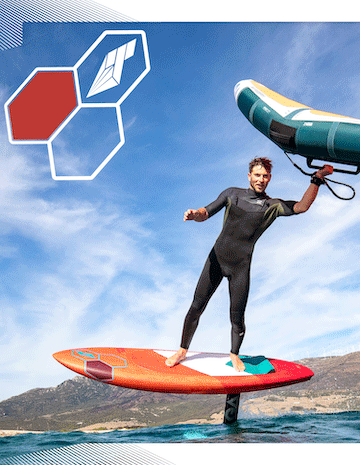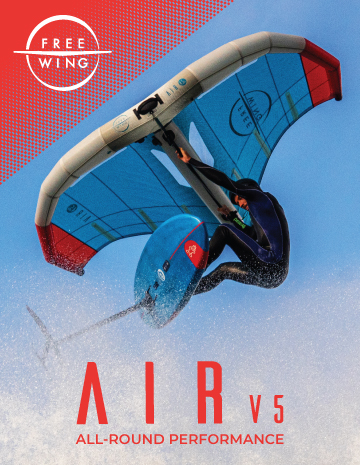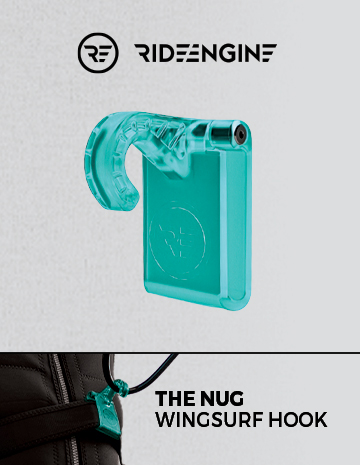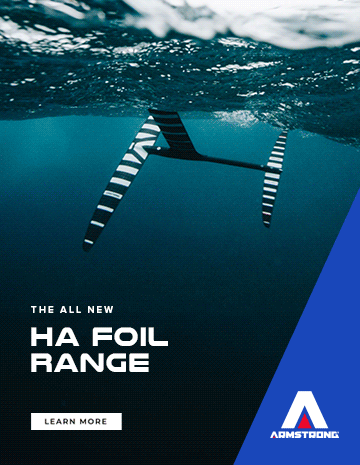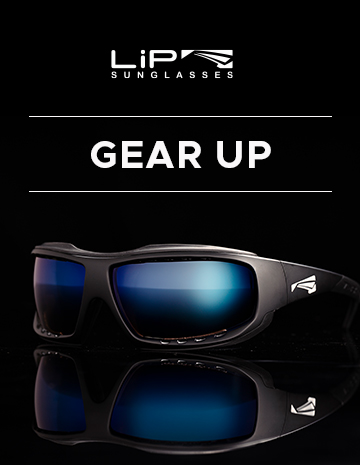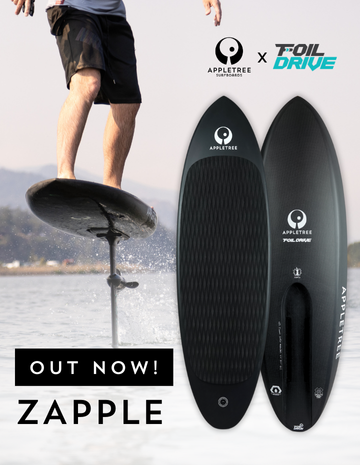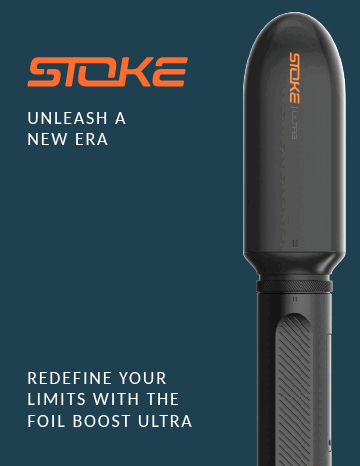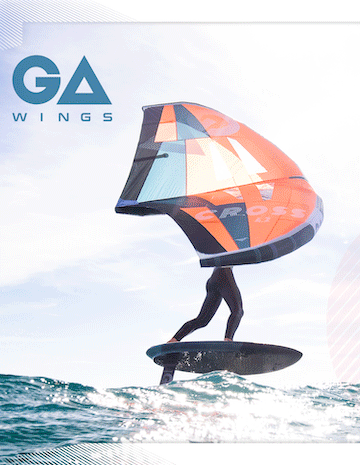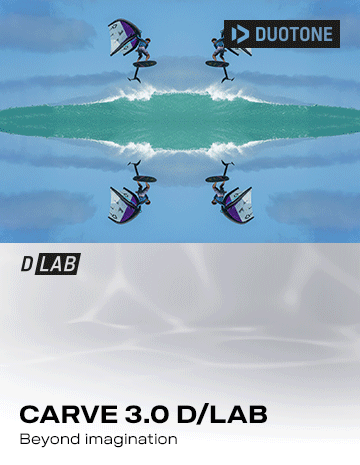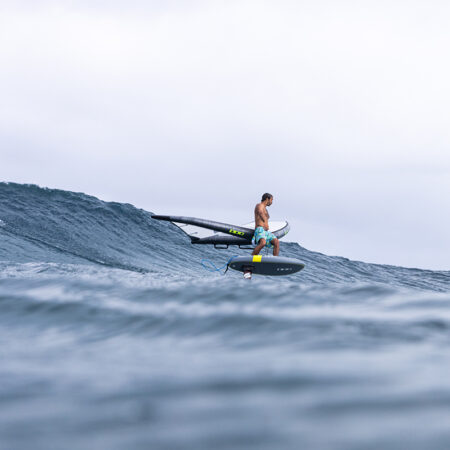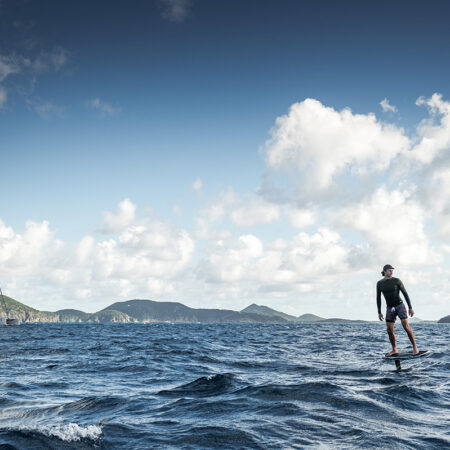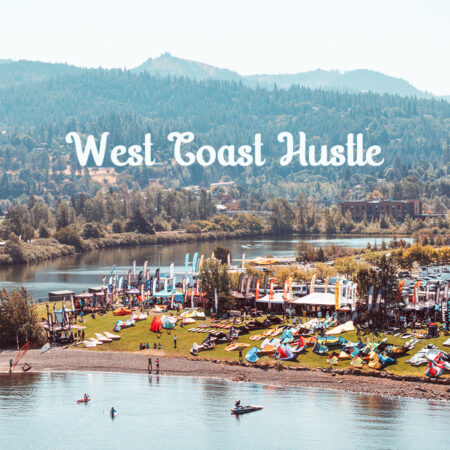New Sensation: Exploring the Birth of the Parawing
Something big happened in the summer of 2024, but it wasn’t clear until now that we’re witnessing the next big revolution in foil sports. Whether we call them parawings, pocketwings, lowkites, para-tow kites, D-wings, or who-knows-what-yet, these lightweight, collapsible canopies are being adopted with a rapidity and enthusiasm unmatched even by the rise of winging itself just a few years ago.
PHOTOS Dan Taylor (unless specified)
Eager riders are pushing into new territory with the models already on the market, more are coming soon – and we’re still only in the first months of this new era! Sailor, paraglider pilot and foiler Bowen Dwelle spoke with a gaggle of parawing pioneers to get to the heart of the stoke.
One of the remarkable things about culture and design is how innovations work their way to the surface gradually, often nearly – but not quite – emerging several times before finally coming into our collective awareness. Having started foiling myself in 2012, I’ve been witness to much of the foil revolution firsthand, from the earliest shovel-shaped kite foils to today’s ultra-high-aspect blades – and I’ve also flown paragliders all over the world. In retrospect, it seems obvious that all of these technologies might recombine yet again to produce something new, but I was as surprised as everyone else when parawings came on the scene, and it took a while for me to understand just how much potential they have to revolutionize our sport.
Parawings are small parafoil wings (or kites, same thing) on very short lines that draw on a long lineage of paraglider and ram-air kite technology. There were some pioneering developments like Sam Reynolds’ Pocket Wing, and Cynbad’s model-rocket parachute downwinders. But parawinging didn’t really grab our attention until Greg Drexler of Boardriding Maui released his Maliko Parawing. Illustrating the often paradoxical, and yet convergent nature of creativity, the experiments that ultimately produced a parawing capable of going upwind well enough to make the lightbulb go on for the rest of us were driven in the first place by the search for a better way to get into downwind foiling.
Going back to the beginning of kite foiling (incredible sport, totally rad), and we were just adding a foil to an existing board sport. After some initial resistance, winging proved to appeal to a wider audience – and unlike kiting, winging wouldn’t exist without foils. But still, powered-up foiling is one thing, and “the endless glide” of downwind foiling is a whole other level of physical challenge and flow. As Sam Reynolds of Five-O Windsports put it, “gliding along under your own power becomes the ultimate chess game”. And connecting bumps without any other power source is just like thermal flying with a paraglider, using only the energy in the atmosphere – or the ocean. I’ve been super psyched by the idea of mega downwind sends, but like so many others, I just didn’t have it in me to make the physical commitment to learn to paddle up, I wasn’t really interested in riding a huge downwind board, nor do I live in a place with DW conditions good enough to justify the investment.
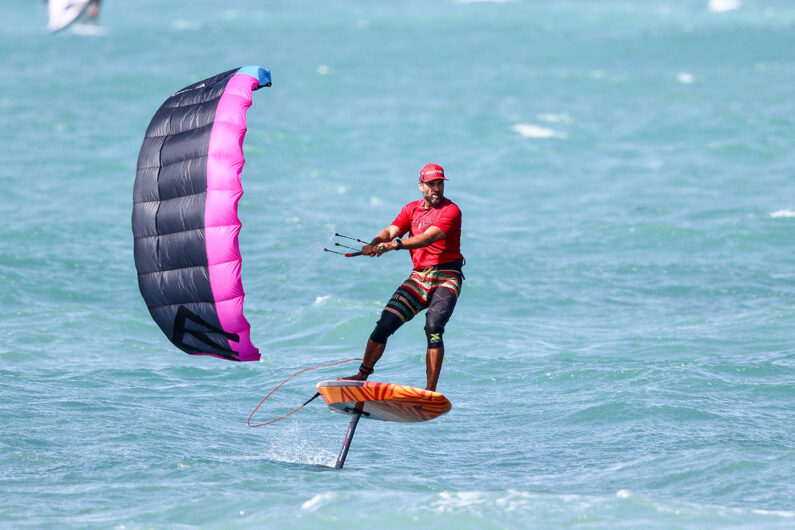
For all the excitement about downwinding, it’s a niche that would have remained inaccessible to most people… until parawings came along and blew it wide open. These collapsible wings make downwind foiling possible without having to paddle or car shuttle, with much smaller boards – and entirely hands-free! With the parawing stowed away, we’re forced to focus even more on pure, unpowered foiling, pushing our riding abilities and stoke even further. And, as it happens, we can use the same mid-length boards that have recently come into vogue for winging!
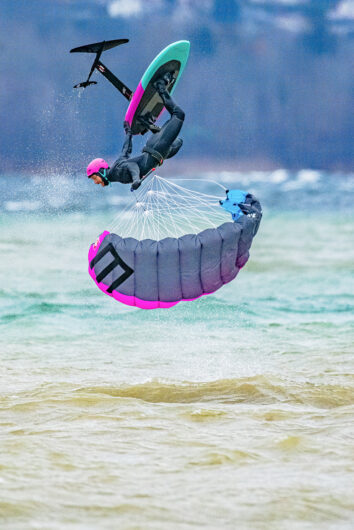 Parawings also open up a ton of new territory. Multi-sport trailblazer Cynthia “Cynbad” Brown told me about going out at Paia Bay, a spot where she would “never paddle out, because it's exposed to the wind the whole way,” but now she can just “throw up a parawing, foil out, and pick when I want to turn downwind. It’s magic!” Similarly, Aljaž Valič of Triple Seven Kites pointed out that while his local spot isn’t conducive to long-distance downwinding, there are good bumps ideal for doing “para tow” laps, and Daniel “Foilrat” Paronetto talked about cracking the code in groundswell so big that the troughs glass off, making it nearly impossible to paddle up – but with a parawing, “you can get up on a gust and you're off.” Parawings can’t be punctured, making them a more robust option for offshore runs, and given that they’re so compact it’s even possible to carry two different sizes – or pack one as a backup if you’re paddling.
Parawings also open up a ton of new territory. Multi-sport trailblazer Cynthia “Cynbad” Brown told me about going out at Paia Bay, a spot where she would “never paddle out, because it's exposed to the wind the whole way,” but now she can just “throw up a parawing, foil out, and pick when I want to turn downwind. It’s magic!” Similarly, Aljaž Valič of Triple Seven Kites pointed out that while his local spot isn’t conducive to long-distance downwinding, there are good bumps ideal for doing “para tow” laps, and Daniel “Foilrat” Paronetto talked about cracking the code in groundswell so big that the troughs glass off, making it nearly impossible to paddle up – but with a parawing, “you can get up on a gust and you're off.” Parawings can’t be punctured, making them a more robust option for offshore runs, and given that they’re so compact it’s even possible to carry two different sizes – or pack one as a backup if you’re paddling.
While most of the initial stoke about parawings has been for downwinding, anyone who’s flown a modern race kite or a paraglider knows just how incredibly stable and efficient those wings are, which is why, despite the understandable skepticism, it’s entirely possible for parawings to go upwind even more efficiently than our existing inflated-leading-edge wings. As Felipe Rezende of Flow Paragliders told me while talking about their new D-Wing, “That big round tube on the wing is the least aerodynamic shape you can have. Even a square is more efficient!” Parawings present a much more efficient profile to the wind, allowing for cleaner, smoother airflow, better power generation, and higher upwind angles. With nothing blocking your view and an overall geometry much like a race kite, riders are already showing the potential in parawings for free-riding and even racing, not to mention freestyle!
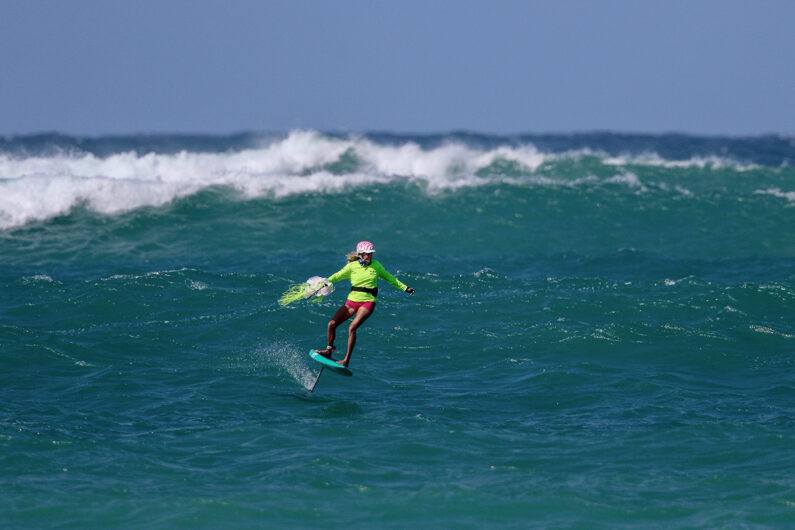
Riders are fired up, and parawing fever is in full effect! With most big brands getting up to speed, we can expect a slew of new parawings hitting the market over the next few months. It’s too early to answer the question of what parawings are not good for, and I’m not saying that these new traction devices are going to take the place of inflatable wings – or of paddle-up downwinding, for that matter – but then again, there are already those like wide-eyed inventor, innovator, and entrepreneur Greg Drexler who told me, “I haven’t had a pump in my car in…I don’t even remember when. And I don’t miss it.”
Regardless of where you stand at the moment, I’m with Balz “Radiculo” Müller on this one: “Parawinging could be the ultimate water sport discipline. It’s so pure and connected, and it's just the very beginning. We’re on v1 – imagine the v3 in a couple of years!” My advice: get some time on one of these amazing new wings in the coming season, and be prepared to have your mind blown wide open!
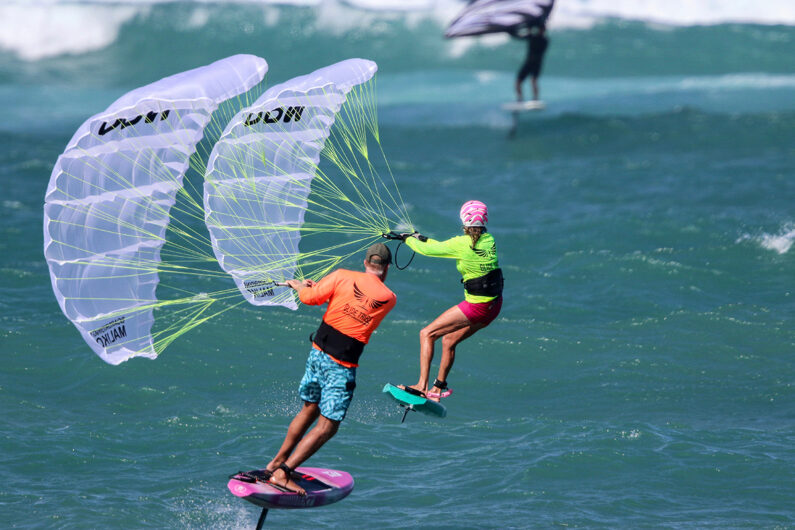

























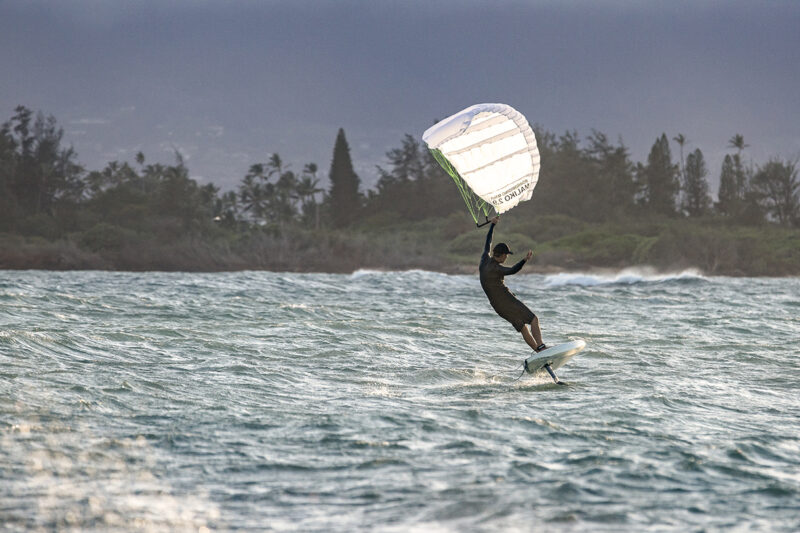

 Parawings also open up a ton of new territory. Multi-sport trailblazer Cynthia “Cynbad” Brown told me about going out at Paia Bay, a spot where she would “never paddle out, because it's exposed to the wind the whole way,” but now she can just “throw up a parawing, foil out, and pick when I want to turn downwind. It’s magic!” Similarly, Aljaž Valič of Triple Seven Kites pointed out that while his local spot isn’t conducive to long-distance downwinding, there are good bumps ideal for doing “para tow” laps, and Daniel “Foilrat” Paronetto talked about cracking the code in groundswell so big that the troughs glass off, making it nearly impossible to paddle up – but with a parawing, “you can get up on a gust and you're off.” Parawings can’t be punctured, making them a more robust option for offshore runs, and given that they’re so compact it’s even possible to carry two different sizes – or pack one as a backup if you’re paddling.
Parawings also open up a ton of new territory. Multi-sport trailblazer Cynthia “Cynbad” Brown told me about going out at Paia Bay, a spot where she would “never paddle out, because it's exposed to the wind the whole way,” but now she can just “throw up a parawing, foil out, and pick when I want to turn downwind. It’s magic!” Similarly, Aljaž Valič of Triple Seven Kites pointed out that while his local spot isn’t conducive to long-distance downwinding, there are good bumps ideal for doing “para tow” laps, and Daniel “Foilrat” Paronetto talked about cracking the code in groundswell so big that the troughs glass off, making it nearly impossible to paddle up – but with a parawing, “you can get up on a gust and you're off.” Parawings can’t be punctured, making them a more robust option for offshore runs, and given that they’re so compact it’s even possible to carry two different sizes – or pack one as a backup if you’re paddling.

